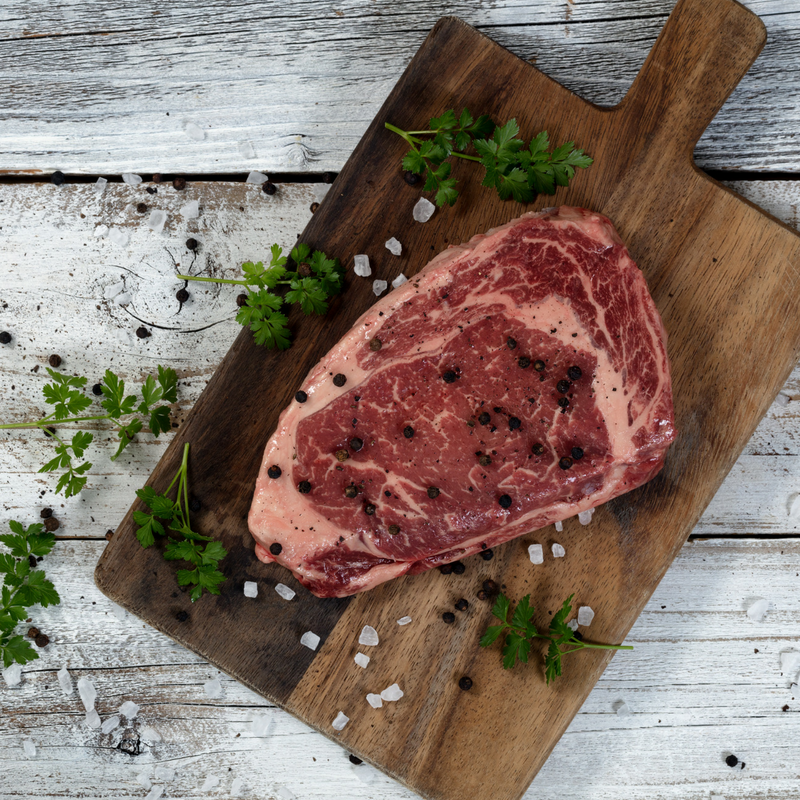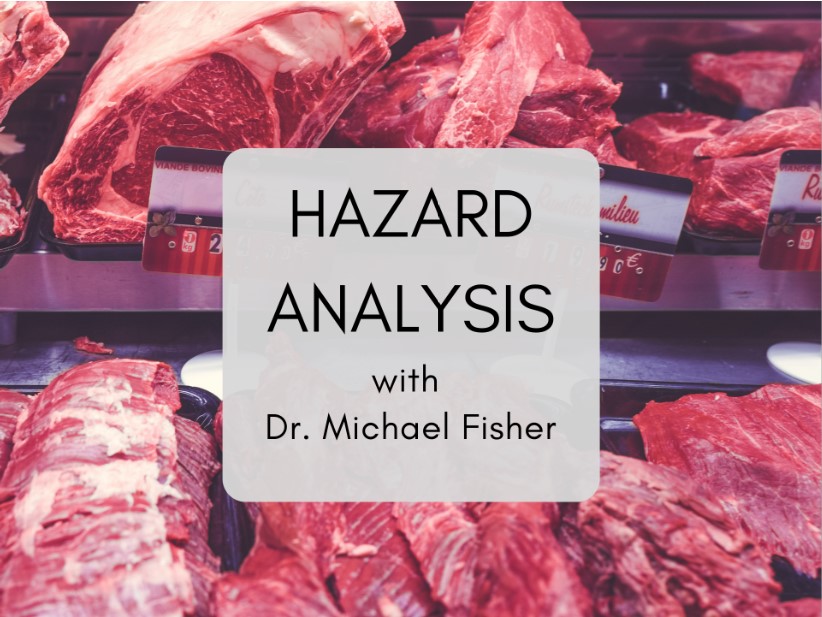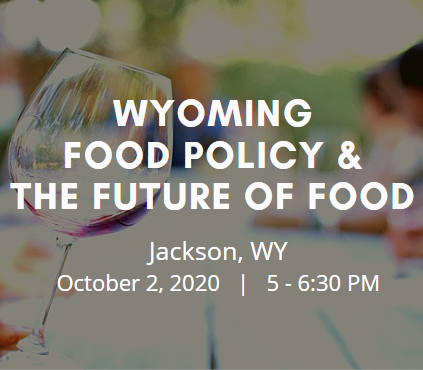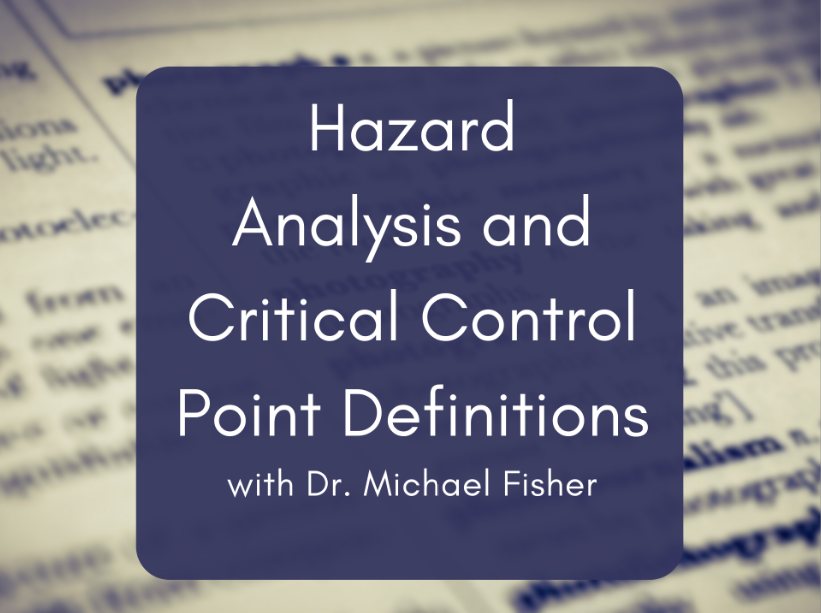Access to slaughterhouses has been poor for small livestock producers in most of the country for many years now but has become considerably worse since the onset of the COVID-19 crisis. USDA-inspected slaughterhouses have since last spring been booking customers as far out as 2022. Many custom slaughterhouses are now booking well into 2021. One possible answer for the slaughterhouse…
food safety
Flow Chart and Intended Use
A prescribed, one-size-fits-all methodology for preparing a flow chart and identifying an intended use or consumer does not exist. The process for preparing product, and the intended use or consumer of that product, can vary between establishments. Each establishment exercises autonomy in how they prepare a flowchart and identify the…
The Hazard Analysis
Conducting a hazard analysis is like a physician diagnosing a patient. Every patient has a different medical history (i.e. foundation). A physician considers the patient’s medical history, but the physician’s focus is on the condition causing the patient’s illness. Every establishment process rests upon different prerequisite programs…
FTCLDF & Tetons Slow Food Host Wyoming Food Policy and the Future of Food in Jackson on October 2
We at Farm-to-Consumer Legal Defense Fund (FTCLDF) teamed up with Slow Food in the Tetons for the Farm to Fork Festival in Jackson Hole, Wyoming on Friday and Saturday, October 2 and 3! On Friday night October 2 we are hosting…
Hazard Analysis and Critical Control Point Definitions
Hazard Analysis and Critical Control Point 9 Code of Federal Regulations (CFR) 417.1 definitions are 9 CFR Part 417 language. In other words, they have regulatory meaning only within the context of 9 CFR 417. Apply these definitions improperly and you create a false HACCP requirement and noncompliance…




